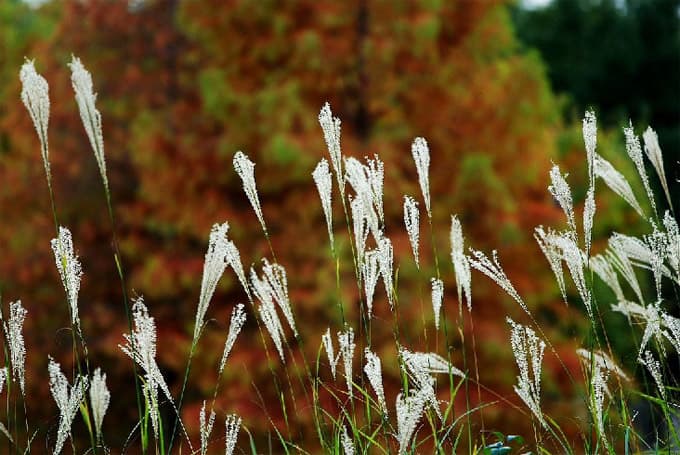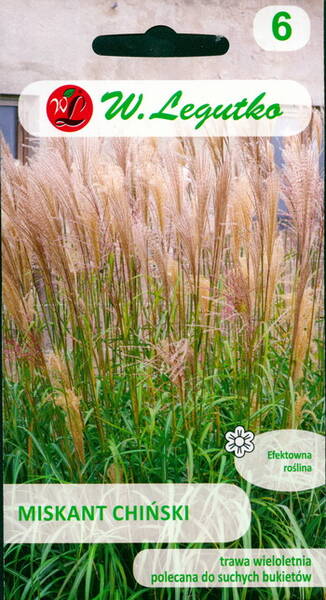Perennial 150-200 cm high with decorative leaves and panicle inflorescences. Inflorescences appear from mid-August to late October. The plant is used as a cut flower for dry compositions. Sowing seeds in April-May under cover. Requires fertile, well-drained and moderately moist soil and a sunny location.
.jpg)
Recommendations for sowing technique and care:
- in early spring, sow in seedling containers with loose, water- and breathable soil, avoiding thickening;
- ensure regular watering, loosening and shading from direct sunlight, if necessary, dig into more nutritious soil;
- plant the grown seedlings in a permanent place in the evening or in cloudy weather, water well and mulch;
- in spring, cut old foliage to a height of 12 cm, if necessary, lightly add well-rotted compost, and once a season apply a complete mineral fertilizer with microelements;
- practically not affected by pests and diseases.
Name: comes from the Greek words "mischos" - leg and "anthos" - flower, and is associated with the way the spikelets are attached.
In nature, it is distributed in the Far East of Russia up to the taiga zone, China, Korea and Japan. In culture since 1875.
Winter hardiness is relative. Mulching and dry shelter for the winter are required.
Location: prefer dry and open places.
Soil: undemanding, but prefers fresh soil.
Care: cut in spring. Fertilize well. Remove the shoots, as they are less attractive than the plant itself. It does not like transplants, growing in one place for many years.
Reproduction: sowing seeds in winter and carefully dividing the bush in the spring. When grown from seeds, it becomes decorative for 3-4 years. Pre-sowing treatment is not required. Seeds are germinated in pots to avoid damaging the root system of plants.
Use: in single and group plantings, cutting for dry bouquets. An excellent plant for creating coulisses.

Chinese silvergrass, zebra grass.












